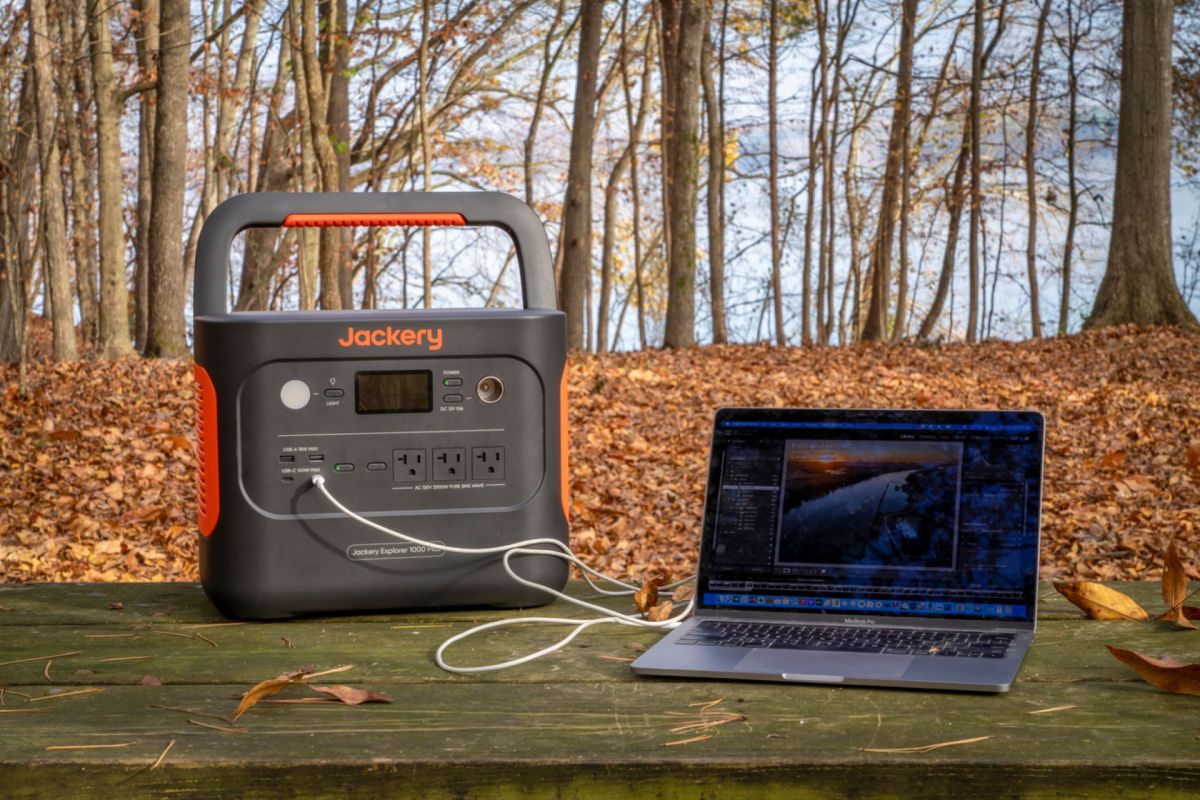Recent data shows that blackouts are on the rise in the U.S., with the average American now experiencing around 1.4 power outages a year.
What's more, the length of these outages has basically doubled since 2013, and these days, a typical blackout lasts around seven hours.
That's a long time to be without power, light, and, in some cases, heat. But the most obvious solution — installing an off-grid backup power supply — is definitely not the cheapest. These options, whether they're solar-powered, gas-powered, or something else completely, can often cost over $10,000.
Enter: portable battery supplies. These small, easy-to-carry devices will be familiar to any avid camper, but in many cases, they're also the most cost-effective way to get through an outage (and some are even branded as "portable power stations").
How do portable battery supplies work?
These portable units are exactly what they sound like: batteries. They can be fully charged in a handful of hours and then stashed away for when you need them most.
Most can be charged with a simple outlet plug-in, but some versions also come with their own solar generators, so you can fill them up with energy from the sun instead. That option usually takes a bit longer, but it has the upside of using free, clean energy.
How long will they last?
Many models will provide two people with power for around 24 hours — much longer than the average blackout length. Even better, most portable power supplies can juggle a wide range of tasks during that span. Here's an example of what you could get with one 2,000-megawatt unit:
- One hour of making food with an induction cooker
- Five hours of LED light
- Two full charges for both a smartphone and a laptop
- Four hours with an air filter
- 15 minutes with a coffee maker or Keurig
And after all this, you'd still have about 15% of your power left.
How else can I prepare for a blackout?
Beyond coming prepared with the ability to power your essentials, it's also good to have a set of spare batteries for flashlights, camping lanterns, and more. This way, you can at least get around if the outage happens at night.
If you live in an area where blackouts are more common, it may be worth putting together a bit of an emergency kit — complete with sleeping bags canned goods, potable water, and maybe even a radio. That way, you'll be as safe and comfortable as possible if a longer outage occurs.
Join our free newsletter for easy tips to save more, waste less, and help yourself while helping the planet.









